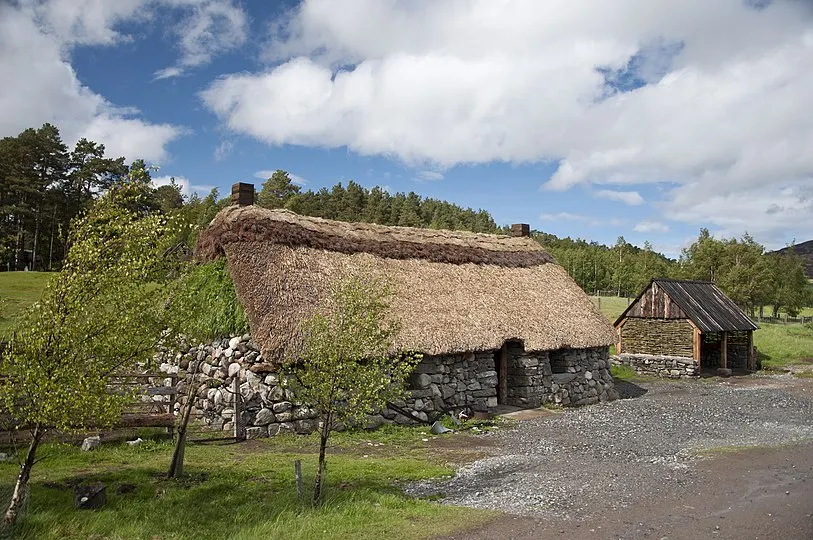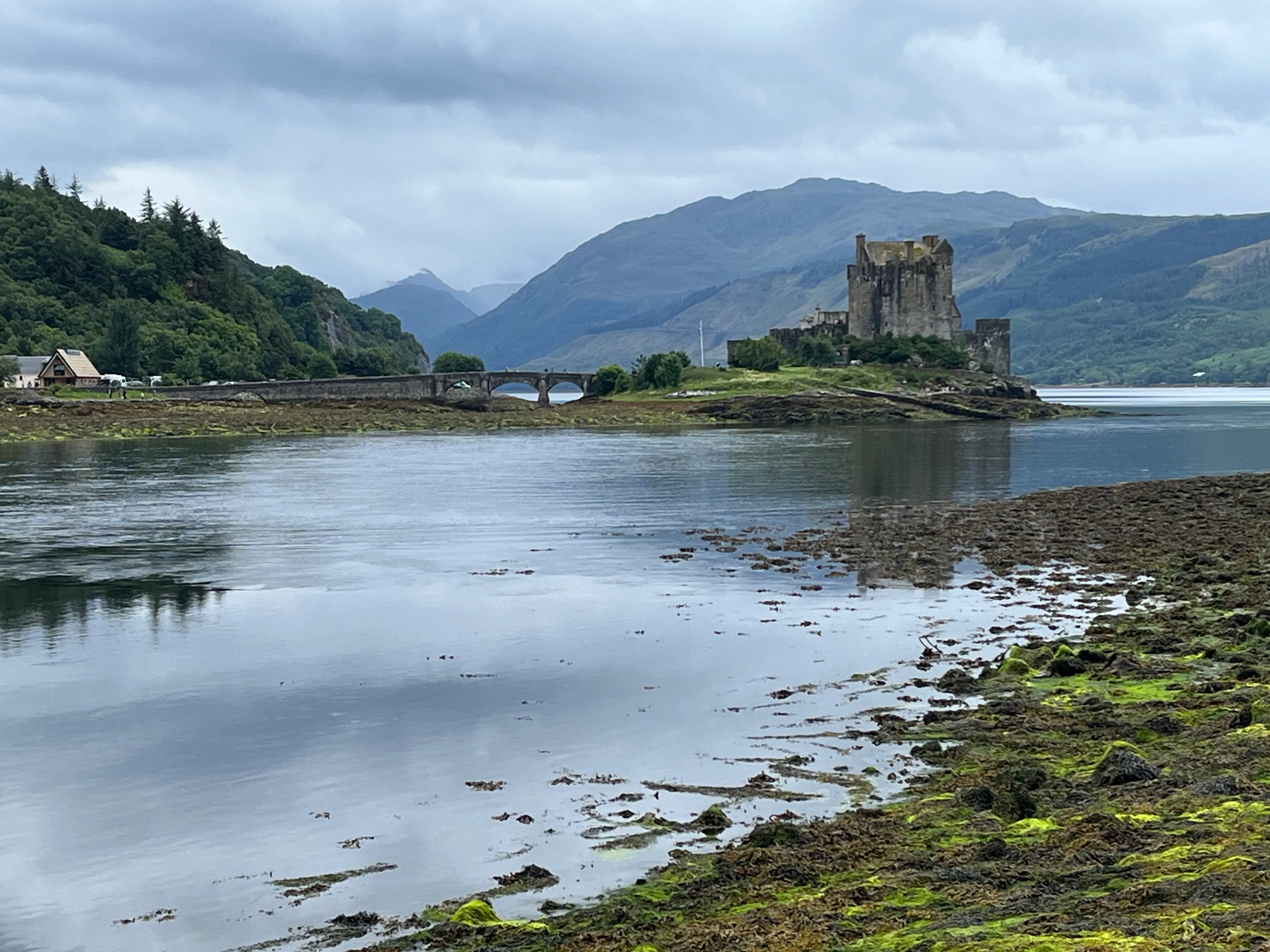UIG

overlooking the shimmering waters of the Minch. Its name derives from the Norse word "Vik," meaning bay or inlet, reflecting the area's ancient Viking heritage.
Uig has a rich history dating back centuries, with evidence of human habitation found in the form of ancient brochs and standing stones scattered across the landscape. These remnants serve as reminders of the island's early inhabitants, who lived off the land and sea, leaving their mark on the rugged terrain.
In the 19th century, Uig became a hub for the fishing and crofting communities that thrived along Skye's coastline. The village's natural harbour provided a vital lifeline for trade and transportation, connecting remote communities to the mainland and beyond.
During the Highland Clearances, Uig, like many other parts of the Highlands and Islands, experienced upheaval as tenants were forcibly removed from their land to make way for sheep farming. This dark chapter in Scotland's history had a lasting impact on the local population, shaping the landscape and cultural identity of the area.
In more recent times, Uig has emerged as a popular destination for tourists seeking to explore Skye's breathtaking scenery and rich cultural heritage.
Visitors are drawn to the village's charming harbour, where fishing boats bob gently on the waves, and the surrounding hills offer endless opportunities for hiking and outdoor adventures.
Today, Uig remains a vibrant community, with a mix of traditional crofting families and newcomers drawn to the island's rugged beauty. Its welcoming atmosphere and stunning natural surroundings continue to captivate visitors from near and far, ensuring that Uig's legacy as a gateway to Skye's wonders lives on.
Venture into the heart of the Trotternish Peninsula, where you'll encounter one of the island's most iconic landmarks:


